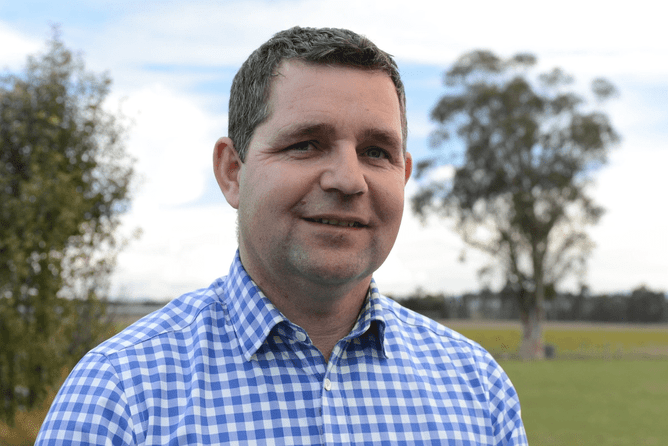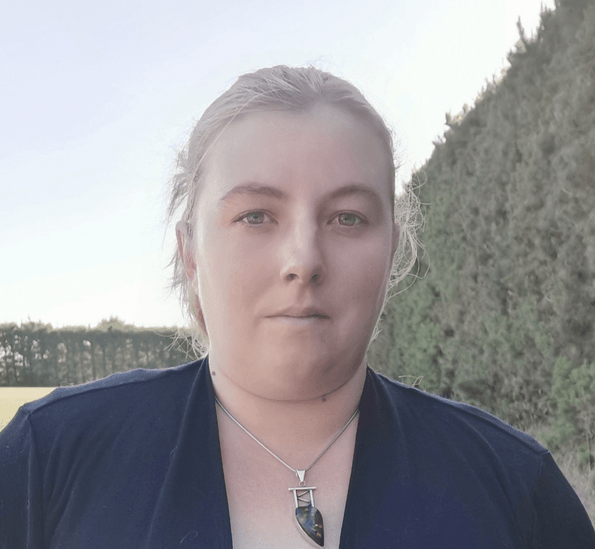With increasing environmental regulations for farmers, we spoke to two consultants about how they use FARMAX to assess environmental impacts on farm and what farmers can do to get ahead of the game.
Julian Gaffaney
Julian Gaffaney is a dairy agribusiness and farm management consultant at TransformAgri based in Timaru. He uses FARMAX as the basis for mapping out dairy farm systems to get a good understanding of a farm’s production, performance and environmental KPIs.
“It actually very accurately maps the production, even down to the pasture supply part of the farm system. We’ve got long-term growth rates in the background, so it replicates how the farm system is performing,” says Julian.
Nitrogen is an important element that he tracks in FARMAX, with the tool showing how low he can get the nitrogen surplus “so we can see what impact a lower nitrogen regime is going to have on potential stocking rate and performance of the whole farm system.”
“I’ve found that very useful being able to look at nitrogen surplus and look at that across farms, so you can compare different farm locations and different farm systems and actually talk to the farmer about it.”
Julian asserts that the new greenhouse gas emission calculations in FARMAX are not only useful for the figures they provide, but because they have made it easier to communicate with farmers about how they’re performing in terms of environmental impact.
He can discuss with them where their current levels are sitting and how that compares with some benchmark averages for regional locations and nationwide and talk to them about what the potential impacts of that could be going forward.
Julian says having a well-calibrated FARMAX model is how a farmer can future-proof their farm, investing time now into scenario modelling to show how the farm performance will be affected when emissions must be reduced:
“If we had to reduce emissions by 15% how would you actually do that? Getting awareness around what their emissions numbers look like currently and thinking about what levers they can shift in their farm system to enable more efficient production relative to emissions.”
Laura Bunning
Laura Bunning, farms systems consultant at Water Strategies NZ in Christchurch, uses the new FARMAX greenhouse gas emissions calculations to see how production and environmental impact will stack up – particularly with the new regulation changes occurring in Canterbury.
She says FARMAX gives you the bigger picture around that GHG number, and that with GHG numbers becoming more of a conversation piece, FARMAX is a good “sounding board”.
“Using it to prove biological feasibility with systems in terms of droughts and things like that, looking to know that it’s not going to impact anything too drastically,” Laura explains.
Laura believes it is important to know your GHG numbers now, because “it’s useful to check your relative change and understand what its measuring.”
“FARMAX will become more important around making land use changes and dairy payouts…I can see the GHG features becoming a big talking point.”


